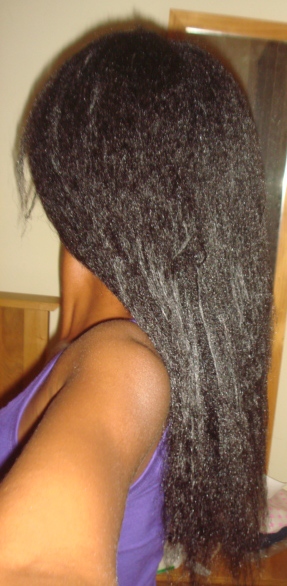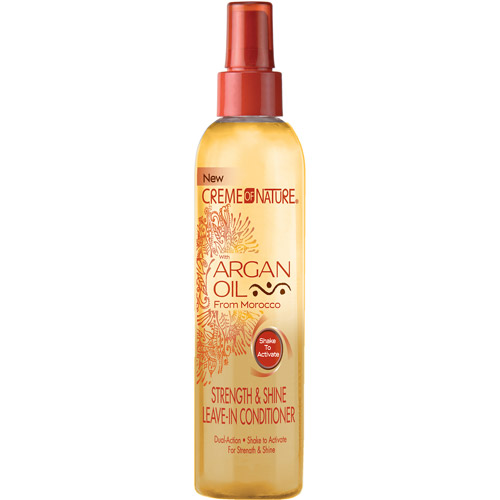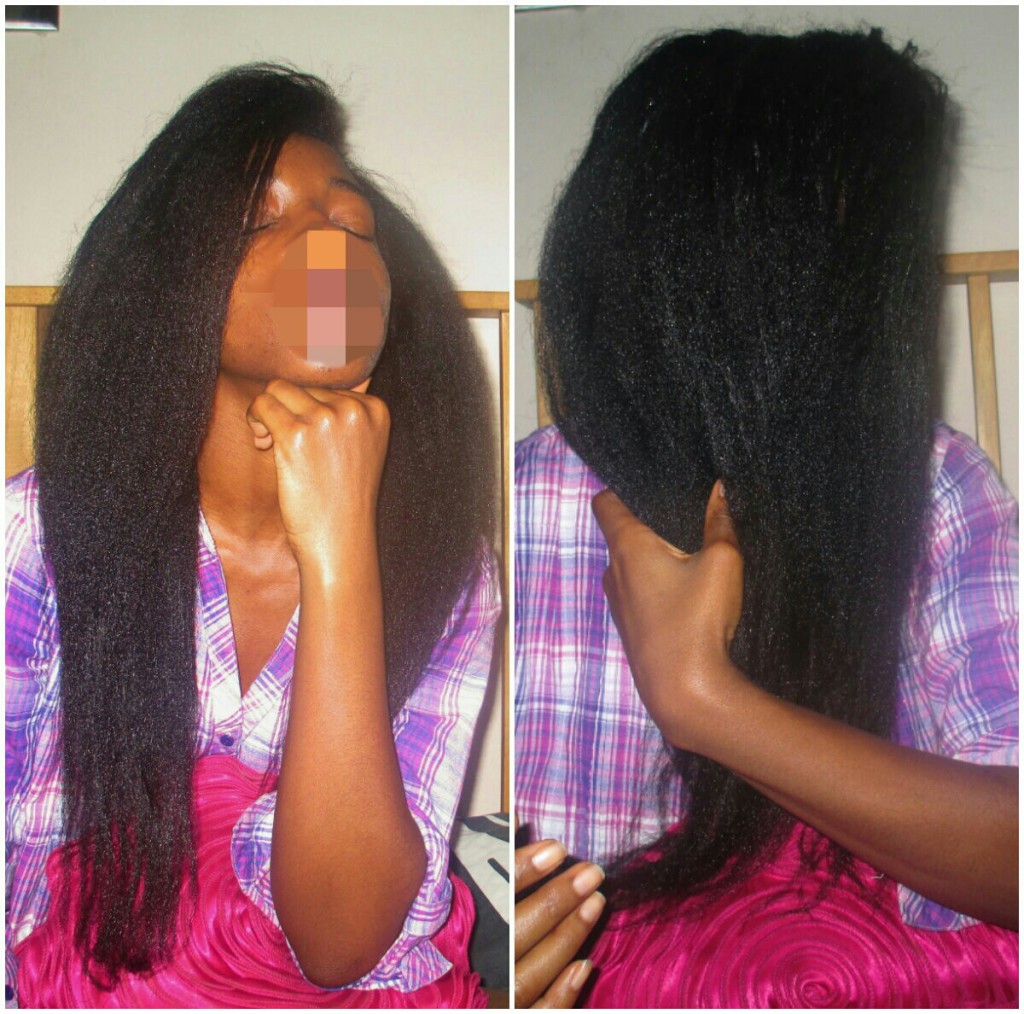Hello ladies,
I hope you are all well. As a hair care blogger, one question I get asked a lot is “what is texlaxing?” This is usually followed by “oh is this the same as texturizing).
In this post I will explain what texturizing it and how it differs from texlaxing. Happy reading!!!
What is Texturizing
Texturizing is a chemical process which is designed to loosen the curls/coils in afro hair. Relaxers ( which are used to texlax) on the other hand are designed to remove the curls/coils in our hair.
Texturizing is achieved by using a purpose designed kit/product (ie designed specifically for texturizing). The texturizer is a creamy consistency and is applied to the hair/new growth in the same way as a relaxer.
Please note that texturizing will not change your curl/coil pattern. It will simply loosen your existing one. Texturizing will not create curls/coils in your hair if they do not already exist. For example if your natural texture has a zig zag pattern, texturizing will not change the zig-zag to a curl. Texturizers will permanently loosen your curl pattern and if used incorrectly can lead to over processed hair, damage and breakage.
What Is Texlaxing
Texlaxing is deliberately under processing hair during a relaxer procedure. The relaxer is not allowed to fully straighten the hair. This enables the hair to retain more of its elasticity and thickness than fully straightened relaxed hair.
Texlaxing is achieved by using either a lye or no lye relaxer which is weakened by adding a little amount conditioner or natural oils (eg, olive or coconut oil) to the relaxer. The relaxer can also left in the hair for a shorter period than recommended by the relaxer manufacturer. All this is done to prevent the relaxer from making the hair 100% straight.
Texlaxing creates a look of natural hair that has been stretched out or blown out with a hand drier. Like texturizers, relaxers permanently alter your hairs pattern and can lead to over processing and damaged if used too often or incorrectly.
The Problem of Inconsistent Textures with Texturized and Texlaxed Hair
Texturized Hair
Because there are readymade texturizing kits available for purchase, a lady who texturizes (and/or her stylist) only has to figure out how long to leave the product on to achieve the results she desires. Please note however that results may vary because the lady might have
- different curl/coil patterns on her head, some sections may have looser or tighter curls/coils than other sections.
- Varying porosity levels: the degree by which each strand of hair absorbs and reacts to the chemicals can vary from strand to strand.
Please note that every lady’s hair will react to the process differently. For some ladies it can result in straight hair.
Texlaxed Hair
Texlaxing can result in a wide variety of looks.
Some texlaxed ladies hair looks as though it is still natural and some looks more relaxed.
Because there are no readymade texlaxing kits on the market currently, most ladies (and /or their stylist) have to figure out their own personal texlax formula or method.
The formula/method is basically knowing what amount of texture she wants to leave in her hair and then figuring out
- how to much oil she needs to add to her relaxer
- how long to leave the weakened relaxer in her hair for to achieve this desired result.
There is a degree of experimentation required and this can result in different textures. For example, over the years I have learnt that to achieve the texlax result I want, I need to weaken my relaxer with 1-2 teaspoons of olive oil, cover my new growth with castor oil and the relaxer should not be left in my hair for more than 17 minutes (this includes application and smoothening).

Throwback picture of my damp texlaxed hair. You can see some straight fully relaxed strands near my shoulder.
Please note that factors such as the varying curl/coil patterns and porosity levels on a lady’s head can further contribute to the problem of inconsistent results.
My PERSONAL Reason For Preferring Texlaxing to Texturizing
Sticking with the same chemical
I choose to texlax because I am already familiar with relaxers so I know how my hair will react to it.
I feel like I am on familiar ground. I don’t want to start experimenting with a new product that I am not used to which will create permanent changes in my hair that I can’t predict.
As the saying goes, better the devil you know…
It may not work well for my hair type.
From what I have dug up online from professional stylists and ladies who texturize their hair, most advise that texturizing will work and look better on ladies whose hair naturally has curls or waves. It appears as though your natural hair type should be a deciding factor on if texturizing will be a good option for you.
Well my hair (my natural new growth) has zero curls or waves so based on the recommendations of professionals hair stylists and texturized ladies I do not think it will work well with my hair.
I hope this post has cleared some things up for anyone who had questions about texturizing versus texlaxing.
My next blog post will be about how to buy leave-in conditioners (which double up as moisturisers for use in between wash days). I will also share tips on how I achieve moisture and protein balance during the week. Come back soon ladies.
X
Lade
Learn | Change | Grow













